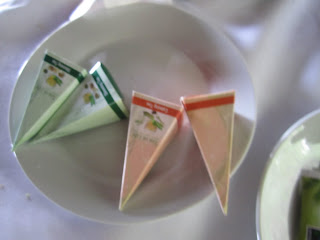Beta Carotene – a precursor to vitamin A production in the body is essential for healthy skin, strong immune system and good eye health. One of the most unsurpassed sources of this nutrient is the orange-fleshed sweet potato.
Sweet Potato’s ability to raise blood levels of vitamin A has been backed by several years of research.
Some sweet potatoes tend to take a unique purple color tone from the inside. These ones exhibit antioxidant and anti-inflammatory properties. After passing through the digestive tract, they may reduce the risk of heavy metals and oxygen radicals.
In addition, steaming your sweet potato as opposed to roasting it will result in better blood sugar levels. Boiling it yields a lower glycemic index, otherwise known as GI value.
Let’s take a look at some of these health benefits in greater detail.
Antioxidant Potential
The beta-carotene content found is often greater than some green leafy vegetables. In fact, in countries like India and Africa, sweet potatoes have proved to be an excellent source of vitamin A, particularly for younger adults.
The purple-fleshed sweet potato variety is richly abundant in anthocyanins; a good way of cutting down on the risk posed by heavy metals and oxygen radicals. The risk of heavy metal residues like mercury is effectively cut down as well. All of this is particularly good news for those suffering from digestive tract problems like IBS (irritable bowel syndrome) or ulcerative colitis.
Sporamins, a form of storage protein in sweet potatoes have significant antioxidant properties that are produced by sweet potato plants every time they are subjected to any form of physical damage. Since they have the ability to self-heal, their antioxidant potential cannot be underestimated. When sweet potato is digested through the gastrointestinal tract, we get to enjoy some of these antioxidant benefits.
Anti-inflammatory Nutrients in Sweet Potato
Color-related pigments along with the anthocyanin found in sweet potato carry a host of anti-inflammatory benefits.
Certain phytonutrients present in sweet potato have an impact on something in our body known as fibrogen. Coupled with thrombin and fibrin, these are key components that give the body its ability to close off wounds and stop blood loss. Excess fibrogen promotes inflammation. What sweet potato does is it reduces inflammation while reducing fibrogen levels and keeping them at their optimum value.
Blood Sugar Levels
Even though vegetables with highly concentrated starch levels put us at risk for excess sugar release in the bloodstream (precursor to type II diabetes), interestingly enough, sweet potatoes actually improve blood sugar regulation, even in individuals suffering from type II diabetes.
A medium sized sweet potato has 3 grams of fiber, and has a GI rating of 50, which is considered safe.
Selection and Storage
Pick sweet potatoes that are firm to the touch. Make sure they don’t have cracks or soft spots. Avoid picking out refrigerated ones since the cold temperature adversely affects the taste.
Sweet potatoes must be stored in a cool, dark and well-ventilated space, so that they can stay fresh even up to 10 days. Keep them out of the refrigerator in a cool, dry and dark place, preferably under 60°F/15°C.
A root cellar works well in this case, though most folks don’t have one. You can quite conveniently keep them in a loose paper bag with air holes punched in it. Do remember to store the bag in a cool, dark and well-ventilated shelf or cupbpard, away from sources of heat such as a stove or a window.
Preparation
A great way to extract all that health-friendly beta-carotene content from sweet potatoes is to add a tablespoon of extra-virgin olive oil. Stir-frying or steaming them this way can also give you



















































